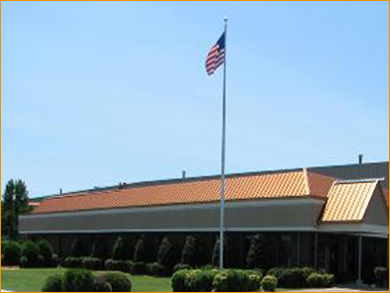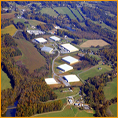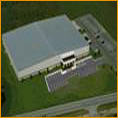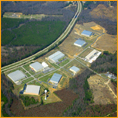3rd Quarter 2015 Hotline
Market Watch
by Joe A. Hollingsworth, Jr.
Financial literature has become rife with rampant speculation as to when Federal Reserve “lift-off” will occur. “Lift-off” is now popular colloquial reference to the first increase in the Fed Funds rate. Each morsel of economic data or newsworthy event is framed in whether it moves the lift-off forward or backward. Is it June or September? Could it be early 2016?
I, like others, think there is some importance to the date of lift-off. The last tightening cycle started in June of 2004; the commencement of tightening will send a signal to markets about the strength of the recovery and the commitment of the Fed to price stability. No doubt the event and months thereafter will see significant volatility as investors globally readjust to the termination of easy-money paradigms.
However, while lift-off has no doubt been getting all the coverage, the larger question for real estate investors is the speed of the rate rise thereafter. Since 1954, the Fed Funds Rate has averaged 5.04%; today it stands at 0.25%. The lift-off everybody is discussing will only move it 0.50%, which is still just one-tenth of its long-term average. In fact, if the Fed raised the target rate every meeting starting in September, the long-term average wouldn’t be breached until the first meeting of 2018; if it were raised every other meeting, the target rate would not reach its long-term average until early 2020.
There are two powerful levers the Fed uses to exert some control over markets: the first is expectations and the second is the absolute level of rates. With all the focus on lift-off, everybody already expects the Fed will raise rates later this year or early next year; that calculation has been built into every model. Whether it happens in September 2015 or March 2016 should make little difference in the long-run; nobody seriously believes it won’t happen in the near term.
The economic growth, cap rates, and other important factors in our collective businesses aren’t that sensitive to whether the rate is 0.25% or 0.50%, but they are sensitive to whether rates are climbing by a steep two percentage points a year or a gradual half a percentage point a year. The former can send the economy backsliding as rates ascend faster than borrowers can absorb or create uncertainty about where the peak is; the other allows the economy to grow stronger into a more normalized environment with less fear about peak rates given how far into future it would occur.
All the attention is being focused on the moment of take off, but, as any pilot would tell you, it’s the rate of ascent that determines whether you clear the treeline.



